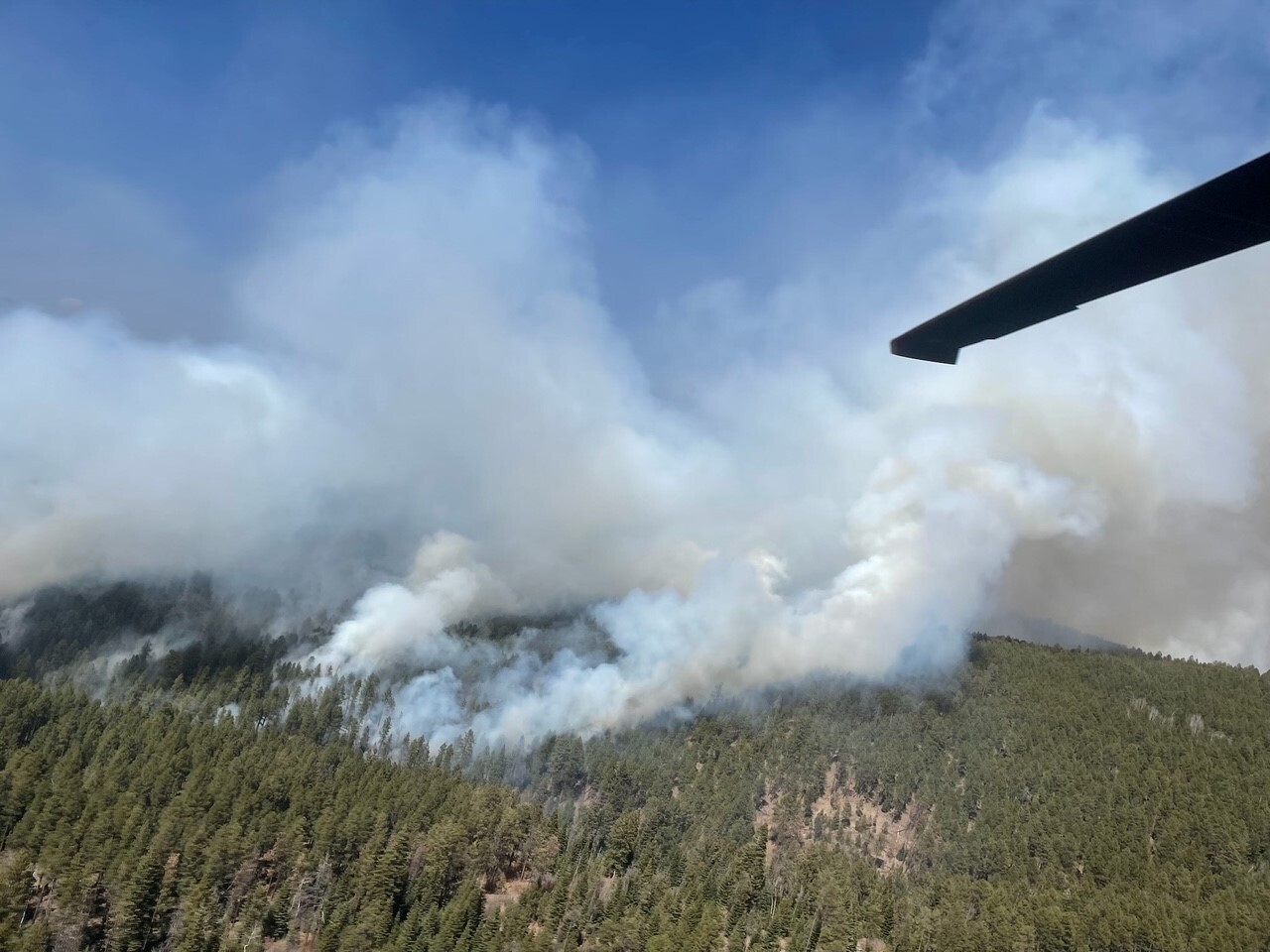The fire, which began on Monday, had burned 4,100 acres of unincorporated Maricopa County as of Tuesday night and was 30 percent contained, according to the National Interagency Fire Center.
While no one had been hurt and no infrastructure had been threatened, officials told local media that they believed the fire was started by people who were target shooting in the region.
Meanwhile, the Arizona Department of Forestry and Fire Management warned that “hot, dry and windy conditions” on Wednesday would be of concern to firefighters.
The Arizona blaze was occurring amid Wildfire Awareness Month — a label that many states have adopted for the month of May, at which time warm weather starts drying out the wildland vegetation that serves as fuels for fires.
On Sunday, California Gov. Gavin Newsom (D) declared May 5 through 11 as Wildfire Preparedness Week, stressing that much of the West is “experiencing more challenging wildfire seasons amid intensifying climate impacts.”
The governor called upon Californians to make their neighborhoods safer by implementing various preventative measures and embracing a “collective responsibility” to mitigate risk and increase resilience.
Officials in neighboring Oregon likewise encouraged all residents to create a “defensible space” around their homes, noting that certain households may be eligible for a $250 payment to do so.
“May is a great time to tackle these projects before the heat of summer arrives,” Oregon State Fire Marshal Mariana Ruiz-Temple said in a statement.
The country’s top 15 metropolitan areas for wildfire risk are all located in the U.S. West, according to a recent report from the CoreLogic real estate analytics firm.
Ten hotspots are in California, where Los Angeles, Riverside, San Diego, Sacramento, San Francisco and Oxnard ranked highest. Three are in Colorado — Denver, Colorado Springs and Edwards — while one is Austin, Texas, and another is Bend, Ore.
Although 2023 ended up being “a relatively quiet year in terms of acres burned,” the analysis warned against complacency.
Tom Jeffery, a senior hazard scientist for CoreLogic, acknowledged in a statement that “the number of fires per year is in decline,” but qualified that fact with words of caution.
“The increasing size and intensity of those fires is creating more property damage than ever before,” Jeffery added.













